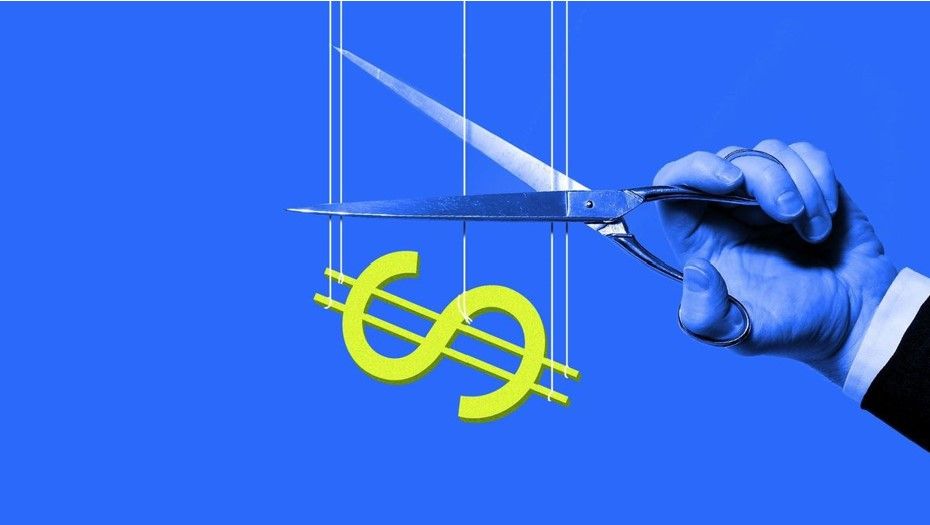Business Practices, eNews
Common Customer Disputes and How to Resolve Them

Many credit professionals spend a lot of time trying to resolve customer disputes, and disputes tend to become more common during times of economic volatility as a way for customers to stretch payment terms. Disputes end in the customer’s favor more than 75% of the time for one in every four credit professionals, according to an eNews poll. One in every five credit professionals say more than 5% of their past dues are tied up in disputes. The disputes factor in NACM’s Credit Managers’ Index fell 2.5 points to 47.3 in September, its lowest level since April of 2009.
Customer disputes, a common occurrence in the realm of business and commerce, arise when customers express disagreements, concerns or dissatisfaction regarding products, services or interactions with a company. By identifying and promptly resolving customer disputes, credit professionals can not only minimize risk, but they can also protect the reputation of their company and improve customer relationships.
Billing or Invoicing Discrepancies
Customer billing portals can give rise to customer disputes over billing quality due to data entry errors, system glitches, complex pricing structures and delayed updates. Differences in the invoiced amounts, payment terms or billing quality issues can lead to customer disputes. This includes dilution, the difference between the face amount of an invoice or group of invoices and what the customer or account debtor actually pays.
“I’ve got some customers who regardless, I know every invoice is going to be an issue,” said Mary Lou Schwartz, credit manager at Ferguson Enterprises LLC (Metairie, LA). “So, I reach out on a regular basis when a payment is coming due and ask if there are any issues. If I don’t hear anything from them, I call back or reach out in a week or two later. They may call back and say that the washer and dryer are not leveled and use that as an excuse to make a dispute on an invoice.”
Credit Card Disputes
Credit card payments are becoming more common in B2B trade, which means credit professionals must understand the risk that accompanies different payment methods. A recent eNews poll revealed that 59% of credit professionals have experienced a customer fraudulently dispute a credit card charge. This is also known as friendly fraud or a chargeback fraud, when a cardholder identifies a purchase on their transaction statement as fraudulent and disputes it sparking the chargeback process.
Pricing Issues
A pricing issue can turn into a dispute when a customer disagrees with the price they are being charged for a product of service. This can be due to incorrect pricing, hidden fees, contractual disagreements, billing errors or price changes.
“Now that prices are coming down from being so high before, it is squeezing margins on our wholesale and distribution customers unless they’ve locked in prices or have received prepay dollars from their retail and farmer customers,” one credit manager said. “So, customers who pick up their product later than requested or receive late deliveries will try to argue that prices have lowered since the time they placed the order.”
Defective Work or Materials
If there are issues with the quality of work or damage to materials provided, it can result in disputes over whether payment should be reduced or withheld. For Schwartz, most customer disputes are a result of damage to the homeowners’ properties during installation, such as scratched floors or countertops. “I keep telling people to just unbox them and let the builder install the products or material,” she said. “But sometimes, they reach out to us, and we hire people who install for them. Most of the time, people are finding excuses to not pay.”
Tax Exemptions
Customer disputes can arise in situations where individuals or businesses believe they are eligible for a tax exemption but encounter challenges with tax authorities or financial institutions. In such cases, the dispute revolves around the interpretation and application of tax laws and regulations rather than the tax exemption itself. Norman Cowie, CCE, director of credit at Paramont-EO, Inc. (Woodridge, IL) is in the construction industry, which deals closely with customer disputes regarding tax exemptions. “They could be doing a job for a month or two and we’re billing them tax and then present a tax-exempt certificate to deduct tax from maybe 30 invoices,” he said. “These could be disputes or they could deduct the tax before they get the tax certificate, knowing that they’re going to be getting credited for that, but they don’t want to pay the tax. So, they deduct it from us and then once we get their certificate, we take care of all the deductions.”
A lot of Cowie’s customers work on public or federal projects where the organizations are typically exempt from tax. But that creates issues because some customers who buy material may also buy tools. “The material itself, like the lighting or gear would be exempt from tax, but the tools that they buy, they’re not leaving it at the site, so they would have to pay tool tax on that.”
Delivery or Shipment Issues
Supply chain challenges were at their height during the COVID-19 pandemic, but shipping issues still exist amid war, natural disasters and labor shortages. “Customer disputes are largely driven by material lead times and supplier payment terms, which may be outside of their standard contract or project schedule,” said Sheryl Rasmusson, CCE, president at Kilgore TEC Products Inc. (Spokane, WA). “We are seeing more pressure to obtain materials timelier, but disputes seem to lie with the general contractor (GC) and the owner’s representatives. We believe these disputes are the result of increased project costs and interest rates, resulting in owner’s trying to save as much as possible.”
Resolving Customer Disputes
The key to resolving disputes quickly and effectively is to identify them early on rather than letting them sit. “If a dispute arises, we immediately make a plan to meet in person with management to address concerns and provide documentation supporting our stance,” Rasmusson shared. “Clear, concise communication will provide the customer with the reassurance that our company will meet their expectations and it makes it easier to adjust to unforeseen circumstances with suppliers.”
Try not to have a customer explain the dispute more than once because that hurts customer satisfaction. Working with the sales department to verify information not only prevents customer disputes but it improves the customer’s experience. “We send large invoices to our salespeople before they’re due and ask them to contact the customer first about their satisfaction of the product, if they received it on time and if it is what they asked for according to size, color or quantity,” Cowie said.
Cowie also sends a weekly dispute list to his sales team, which includes the original price for the material, the amount paid, the balance due and any internal notes about the dispute. “If we’re looking for a tax certificate for a certain job or there’s a problem due to defective material, the salespeople can now try to resolve it while they’re out with the customers,” he said. “Making sure we get job information on all invoices for all customers helps both in securing lien rights and in the case a customer deducts tax on a job.”
To decrease the number of disputes, credit professionals must be thorough when documenting information. Rasmusson’s company makes sure that each project document clearly identifies the requirements for lead times for shop drawings, submittals, product and payment terms. “This means no surprises or disputes as we work to be a successful part of the project. If lead times change, we contact our customer immediately to disclose the changes.”





